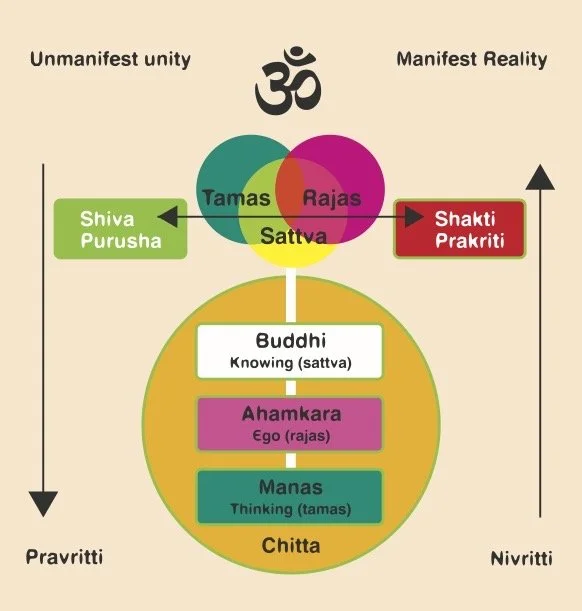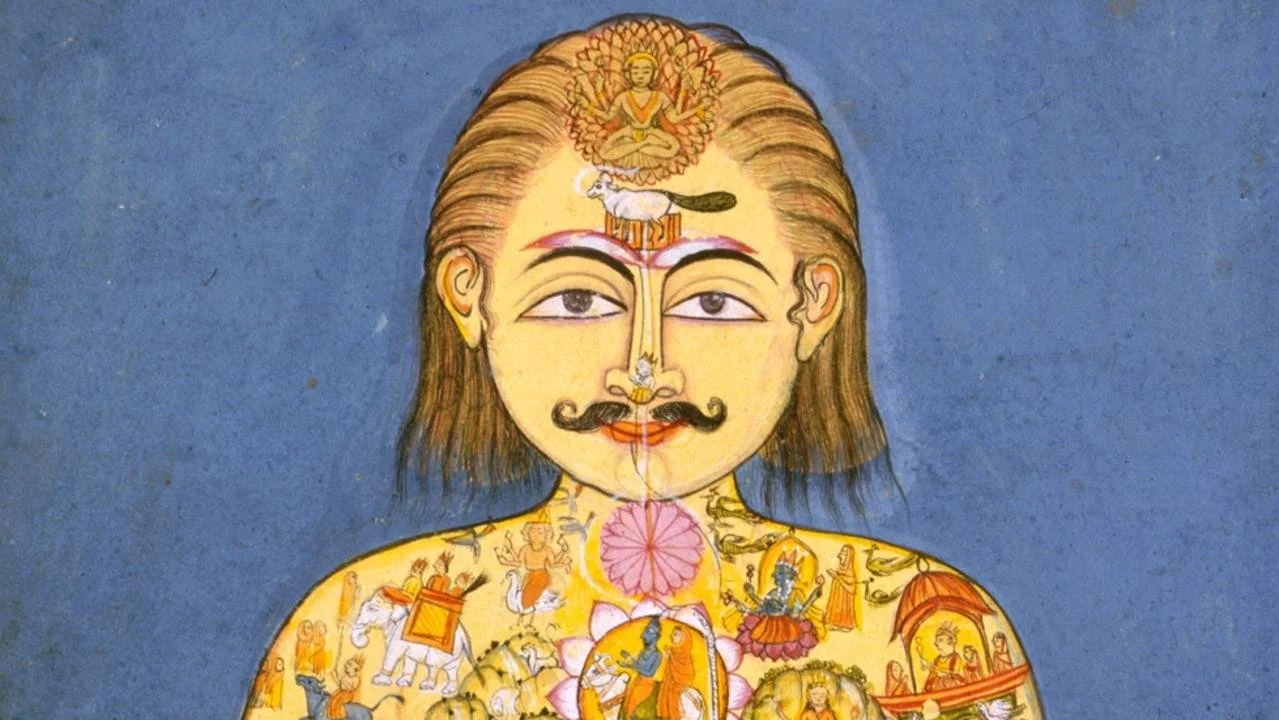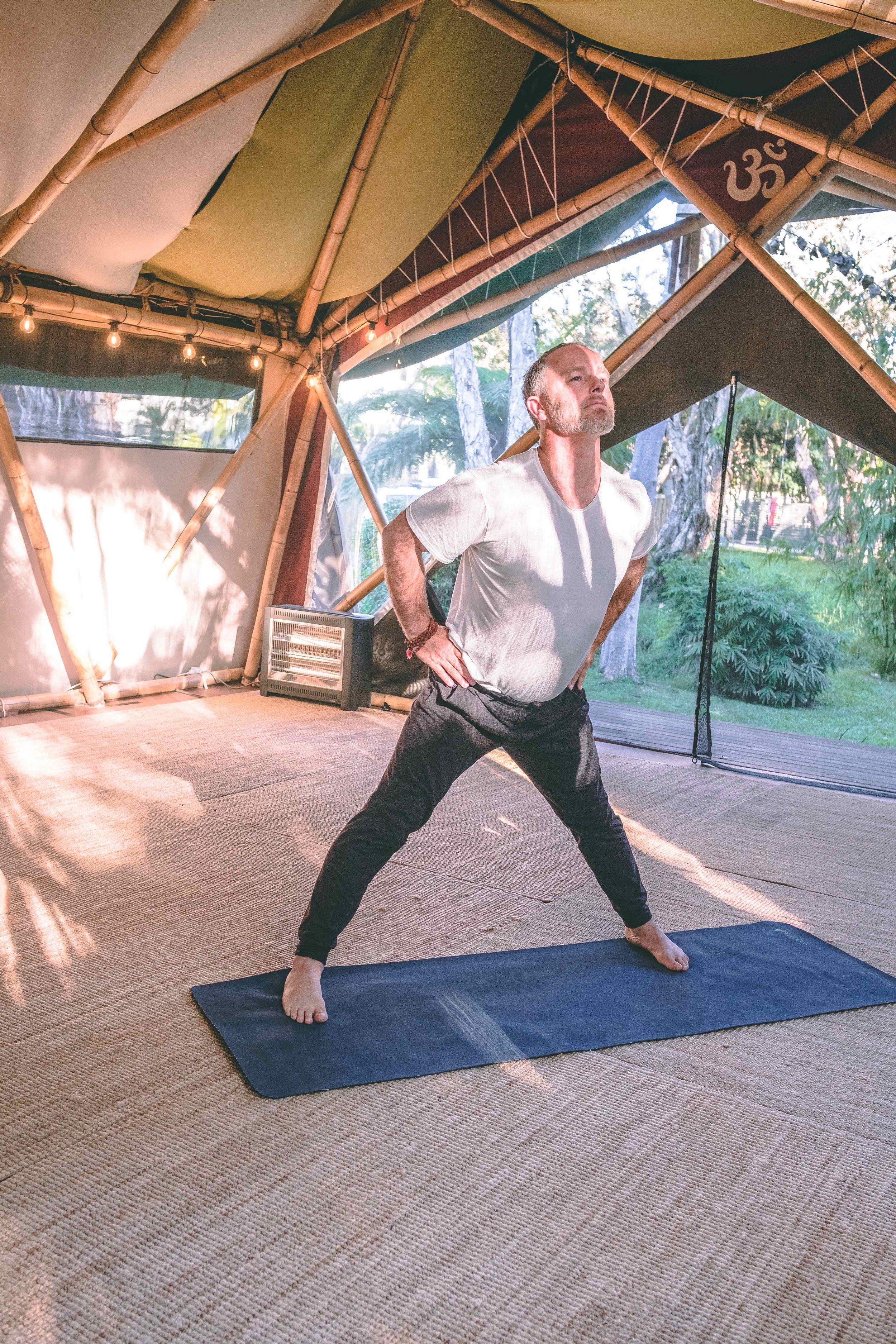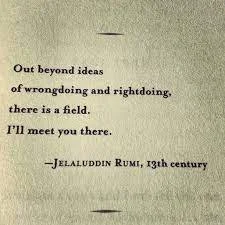Strange things be going on in the world of yoga.
A morphing, dissolving, deluding perception of what the great game of yoga is truly about.
It would be easily forgiven, in today’s turgid climate, to think that success in the game of yoga is directly related to success in the press handstand, achieving #hollowback or attaining the hallowed realms of 10k + Insta followers.
Just yesterday I did a random door knock survey of 108 people in my neighbourhood and asked them to explain to me ‘what is a yogi.’ 84 of them answered that it was a person with incredible dexterity & flexibility. At least 20 stated that yogis were very good looking (this made me blush). Lululemon & Instagram were mentioned at least 30 times. Alas, for the many, service to humanity was only mentioned twice.
It’s important I feel, every so often, on any journey, to pause and re-read the guidebook, examine the map, and reaffirm our understanding of what the purpose of this journey is all about.
I try to do that fairly often, with yoga, to reaffirm my understanding of what this game is all about. Because I too get distracted, confused, sometimes I feel unsure and lost. Particularly after spending too much time looking at #yogainspiration on Instagram.
So time and again I return the the recommendations of those who have walked this path before me.
'Yogaschitta vritta nirodhah'
The Second offering in Patanjali’s Yoga Sutras makes this objective extremely clear.
'To settle the fluctuations of consciousness is Yoga.'
To this effect the physical body is a stepping stone, the first stepping stone, along the path towards achieving this state of perfected mind.
According to to Swami Jnanesvera, a leading teacher in the realms on yogic meditation, the practice of it is important to understand that Hatha Yoga (physical yoga) is designed to lead into the practice of meditation;
“‘ Whilst the Hatha Yoga Pradapika describes asanas (postures), purifying practices (shatkarma), mudras (finger and hand positions), bandhas (locks), and pranayama (breath exercises), it also explains that the purpose of Hatha Yoga is the awakening of Kundalini (subtle energy), leading in through Sushumna (the central energy channel), and advancing through Raja Yoga to the deep meditative absorption called Samadhi.””
Yoga and the Koshas
The model of the Koshas offer another clear guide towards the objective and the method of yoga. The Pancha Koshas are the 5 Dimensions of Existence, with which me must work in the great game of yoga.
Annamaya kosha – your physical layer.
Pranamaya kosha – physiological or energetic layer.
Manomaya kosha – psychological or the mind layer.
Vijnanamaya kosha – wisdom body or layer.
Anandamaya kosha – bliss body or layer.
The Koshas illustrate a method where we work through from the Physical, into the Energetic Body, Into the Emotional/Mental Body, Into our Higher Wisdom Body and into our Bliss Body.
If a yoga practice is not following this pathway, then (at the risk of sounding gruff) it ain’t really a yoga practice.
Or if it is a yoga practice (it’s all yoga, baby!) it ain’t a yoga practice that is following a centuries old instruction manual, where the results are virtually guaranteed. If you ignore the instructions, don’t follow the map, where you end up upon this journey, is anyone’s guess.
There is an infatuation in the Western World with physical yoga, Hatha Yoga, and the quest to perfect the Anamaya Kosha, the food body.
This quest is noble, the practice of Hatha Yoga is beautiful, and for many of us it is fundamental as a toolkit the harmonise our physical bodies in the journey of yoga.
But it is vital that we yogis remind ourselves that this is a step, the next step is pranayama and the next stage is meditation.
The yoga sutras are often used in Modern Yoga as a key reference manual, but it is important to remember the the Yoga Sutras, refer to a meditation tradition. There are only 2 physical positions described in the Yoga Sutras, they are both sitting positions.
Hatha Yoga or Physical Practice is considered preliminary. It is of absolute importance, but we must remember that it is the first step on the journey. The real game of yoga begins when we learn to sit, to work with our energetic body with Pranayama and kundalini yoga practice and then move further into our Manomaya Kosha with the practices of Meditation.
What we seem to have in Western Yoga is a lot of advanced beginners…
It is also curious to observe that many yoga practitioners leave the yoga tradition and go to Buddhism for meditation. I first noted this in an essay I read from a Buddhist teacher in the U.S.A. who had noticed the influx of yogis in his meditation courses. His question to the yoga world was, “Don’t you know that you come from a meditation tradition?” Indeed, it could be said that you come from THE meditation tradition. Before the Buddha was a Buddhist, the Buddha was a yogi: Buddhism is not a rejection of yoga, it is a clarified expression of yoga. The luminous Daoist tradition which gives us Chinese Medicine, Daoism, Kung Fu and Chi Gung was also deeply informed by the wisdom of the tantric yogis.
As yogis it is kind of embarrassing. To a large extent, we have forgotten our tradition. Have we allowed this divine legacy to be co-opted by corporate greed and Instagram glamour?
There is nothing wrong with people leaving the Yoga tradition and seeking knowledge elsewhere, but it is concerning when teachers in the yoga tradition aren’t capable of a least guiding their students along the pathway. After completing a teacher training program, you don’t necessarily have to have total mastery of all the limbs of yoga, but I do think that it is fairly fundamental that you should know what those limbs are, and at least a basic understanding of what is required to reach them, don’t be desperately trying to convince your fans that emulating your gymnastic prowess has anything to do with success in yoga.
As teachers and students we should at least understand the rules of the game…
The great thing about yoga is that is has an excellent instruction manual. Some extremely intelligent and diligent humans have put a phenomenal effort into creating the guidebooks for yoga. When I talk about the guidebooks I am talking about the classic texts, The Yoga Sutras of Sage Patanjali, The Hatha Yoga Pradipika, the Gheranda Samhita, the Shiva Samihita, The Tantric Upanishads and the Bhagavad Gita. Of course there are many other great books of yoga, many of them written by Westerners in the modern time, but these are the ones that have stood the test of the centuries, and remain rightly so, the seminal texts of the tradition.
Each of these texts is fairly consistent in their message;
We purify, strengthen and harmonise the physical body with Hatha Yoga
We purify, harmonise and expand the energy body with Mudra, Bandha, Kundalini Yoga and Pranayama
We purify, harmonise and expand the mind with Raja Yoga / Meditation
With our body, mind & spirit now in harmony, we experience blissful communion with the divine - YOGA!!
As Swami Svatmarama so eloquently expounds in the Hatha Yoga Pradapika;
Without Raja Yoga, this earth, the night, and the Mudras, be they howsoever wonderful, do not appear beautiful.
Simple folks translation: without meditation, all the work we do in Hatha Yoga is merely work. Meditation gives the veneer to our sculpture, the glaze on our clay, the icing on the cake. It is Meditation that gives us a true understanding of the depth and magestic potential of life.
Hatha Yoga is the Cake, Meditation is the Icing on that Cake.
Yogis, please don’t sell yourselves short, there is a majestic journey that awaits you, devote yourself to it with passion and purpose.
Don’t miss the icing upon your cake. 🧁









Compared to Neo Tantra, which is not grounded in lineage, the tradition of Kundalini Tantra has spread much more gradually and with consideration and purpose. The practices require more effort and involve less orgasms, and the entry to ecstasy requires dedication and commitment, as with all yoga practices.